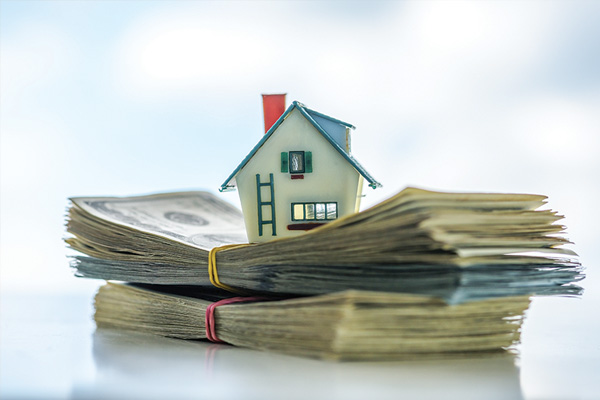You’re looking for a home and a mortgage to finance it, but you think that since the real estate implosion a decade ago, lenders are looking for a 20 percent down payment. You are resigned to the fact that you still have a lot of saving to do before you can come up with that kind of cash.
But in the words of the old song, it ain’t necessarily so. That down payment may be within your reach a lot sooner than you think.
The Urban Institute (UI) calls the down payment one of the three biggest barriers to homeownership – the others being credit and affordability. But the bipartisan think tank also says a lot of would-be homebuyers have misconceptions about how much money they need upfront. There are still a bunch of options available for low- or even no-down-payment financing.
According to a recent UI report, “80 percent of consumers either are unaware of how much lenders require for a down payment or believe all lenders require a down payment above 5 percent. … Fifteen percent believe lenders require a 20 percent down payment.”
Wrong, wrong, wrong. UI’s Housing Finance Policy Center says the median loan-to-home-value ratio nationwide currently is 93 percent, meaning those average down payments are closer to 7 percent than to 20. If you’re a veteran, you can still get a zero-down-payment mortgage through the Department of Veterans Affairs (VA). Another government mortgage, insured by the Federal Housing Administration (FHA), sometimes calls for just 3.5 percent down.
The Washington-based UI has done the digging and the math on low- or zero-down-payment loans, and it reports that “there are 2,144 active programs across the country, and 1,295 agencies and housing finance agencies offering them at the local, state and national level.” Housing finance agencies are state institutions chartered to help low- and moderate-income borrowers and first-time buyers afford a house.
So, yes, you have a bunch of options. But since these programs are not standard and not all lenders use them, UI says it is wise to get counseling on the particular terms and determine which one is right for you. You should also remember that mortgages with less than 20 percent down still require mortgage insurance, either from the private sector or from Uncle Sam in the case of FHA-insured and VA-guaranteed mortgages. Mortgage insurance covers the lender in case a borrower defaults on the loan, but you pay for it, usually as part of your monthly payment.
Another aid is down payment assistance. Again, there are a lot of choices, depending on where you live.
“Assistance is available for many loan types, including conventional (private lender), FHA, VA and US Department of Agriculture (USDA) loans,” says UI. Eligible borrowers could qualify for assistance from $2,000 up to $30,000.
To locate the programs available in your neck of the woods, visit downpaymentresources.com, which lists more than 2,400 programs nationwide.
As to the second barrier, credit, UI notes that the average credit score needed to qualify for a mortgage has zoomed from 692, prior to the mortgage meltdown a decade ago, to 779 currently. (That’s on purchase-money mortgages, as opposed to refis.)
Median credit scores vary from state to state, though, so what works in one state may not be enough in another. Nevertheless, a low score may require credit counseling, and it may take a substantial amount of time to put your credit house in order. But it is necessary.
Affordability, the third potent barrier to homeownership, has been discussed endlessly by numerous experts. Industry analyst CoreLogic sees the current market as being at a tipping point.
CoreLogic’s latest report shows that half of the 50 largest metro regions are overvalued, meaning prices in those places are too high; 36 percent are at normal value; just 14 percent are undervalued. The top 100 metros look a little better, with only 37 percent overvalued, 37 percent at normal values and 26 percent undervalued.
Alarmingly, some of the same areas that were overvalued a decade ago, when the market went bust – parts of Florida and “sand states” like Arizona, Nevada and California – are in that category again.
The Urban Institute agrees, noting that one disadvantage with lower down payments is higher monthly mortgage payments. Of course, the bigger the sticker price on the house you want to buy, the more you’ll have to pay. And, as noted above, mortgage insurance will make your monthly payment even higher.
Lew Sichelman has been covering real estate for more than 30 years. He is a regular contributor to numerous shelter magazines and housing and housing-finance industry publications. Readers can contact him at lsichelman@aol.com. Freelance writer Mark Fogarty contributed to this report.

